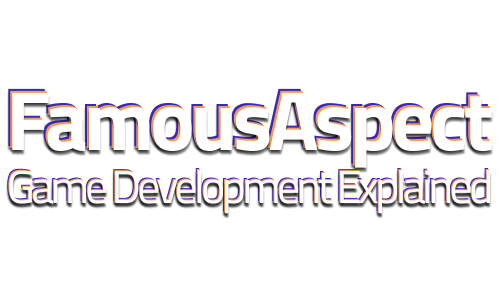This one is an absolute treasure trove of information for game developers. IGN is one of the biggest games media organizations in the world, and in this interview, VP & Publisher John Davison gives us a peek behind the curtain at how videogames get covered. A veteran of games media, game development and entrepreneurship, there is no one better positioned than John to explain how games are covered in the current multimedia era.
We use John’s recent piece explaining how Squanch Games’ High on Life unexpectedly won the Gamescom coverage competition thanks to easily digestible humor and the power of Tik Tok. This episode is chock full of lessons about how to make your game stand out in a crowded field, getting the attention of games journalists, and the importance of easily digestible messaging to helping your game cut through the noise.
Below is a highlight from our conversation, lightly edited for clarity. Here, John explains the importance of sharpness and clarity when approaching games journalists about your game. If you want to listen to the full conversation, you can listen on Spotify.
Ethan: What advice do you have for game developers and marketers on, how do we get your attention the right way?
John: It sounds kind of cliche, but the elevator pitch has to be really sharp, right? You have to be able to articulate why an audience will care in the shortest possible time.
And sometimes it is doing things that maybe a PR or marketing agency would tell you not to do. You know, “you are a unique thing. Don’t contextualize based on anything.”
But I think if you’re talking to us, if the fastest shorthand is “it’s like Animal Crossing meets Diablo”, then you’re like, “Whoa, okay. You know, we’ll take a look at that.”
That sounds weird. I think it’s that confidence in what the core message of the product is. If you can communicate it really quickly, it’s going to get through really fast.
There’s a bunch of stuff that you don’t want to do because it’s work, but it’s asset creation. It’s a decent trailer. It’s gameplay footage.
And honestly, a trailer is probably the lowest hanging fruit. Because that’s something we can put into the market. For our channels, because they’re so big, a lot of the trailers naturally do pretty well just by just the sheer scale of the channels they’re going into.
And also right now, it’s a weirdly quiet time. There’s a lot of room right now, and I think there’s an appetite for different and unusual or throwback. Not just throwback in terms of look, but “hey, there’s a gameplay mechanic that we love from this thing 15 years ago and we’re bringing it back and rethinking it.” There’s a real appetite for that kind of stuff. So again, it’s communicating it and then being able to show it.
Ethan: This all makes me think, inside of game companies we talk about AB testing playable ads as a first test of resonance. “What if all of our R&D was just in a 15 second playable ad?” And that’s how we discover which of our game ideas is the right game to launch on mobile.
And this conversation makes me think that if I want to R&D my next game for my fledgling startup, I should be making five second videos. I should be advertising them on TikTok and Instagram reels and seeing which one is most effective at getting people to a landing page.
John: Also, remember TikTok is inherently an audio format as much as a visual one. The notion of an audio meme did not exist before TikTok. And I think now it’s as much about the sound and being aware of the culture of the audio as well. And if you’re showing something and it’s capturing people’s attention, then you’ve got something worth digging into further.
If you enjoyed this highlight do yourself a favor and listen to the full conversation with IGN’s VP & Publisher John Davison embedded above. Or subscribe to the Deconstructor of Fun podcast feed on your favorite podcasting app. To hear all the latest game industry insider news and interviews from me, follow me on LinkedIn. The opinions contained within this post are opinions, and do not represent financial advice or forward looking statements on behalf of myself or my interview guests.


